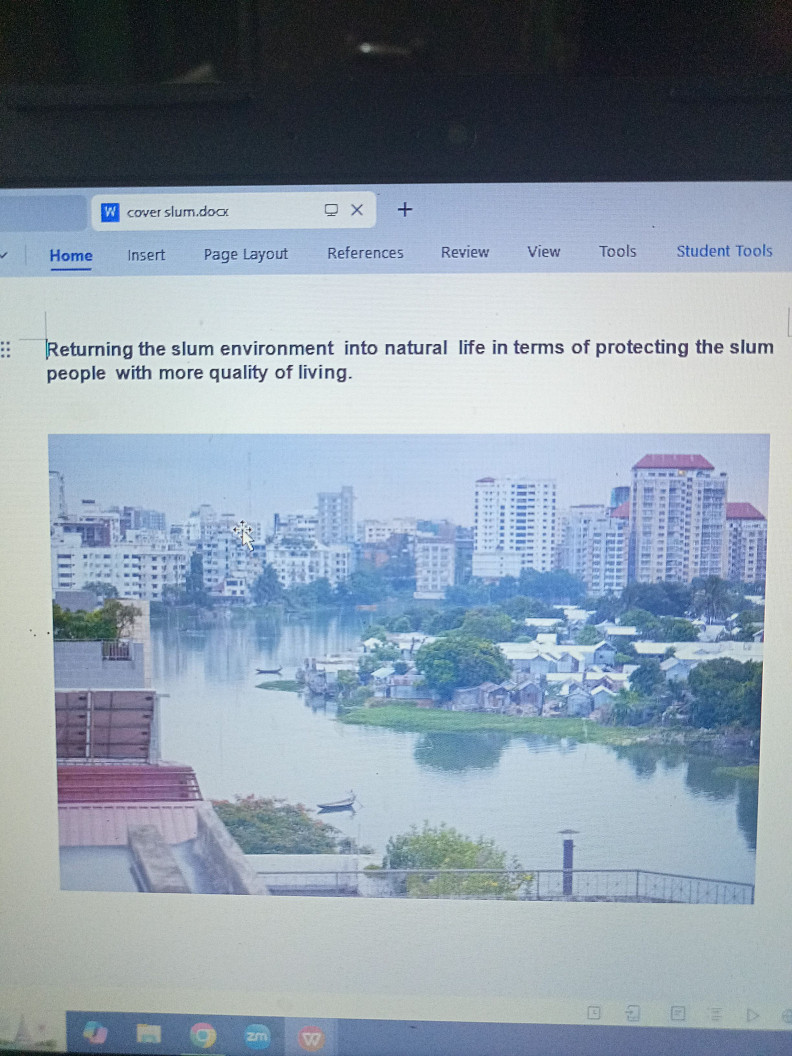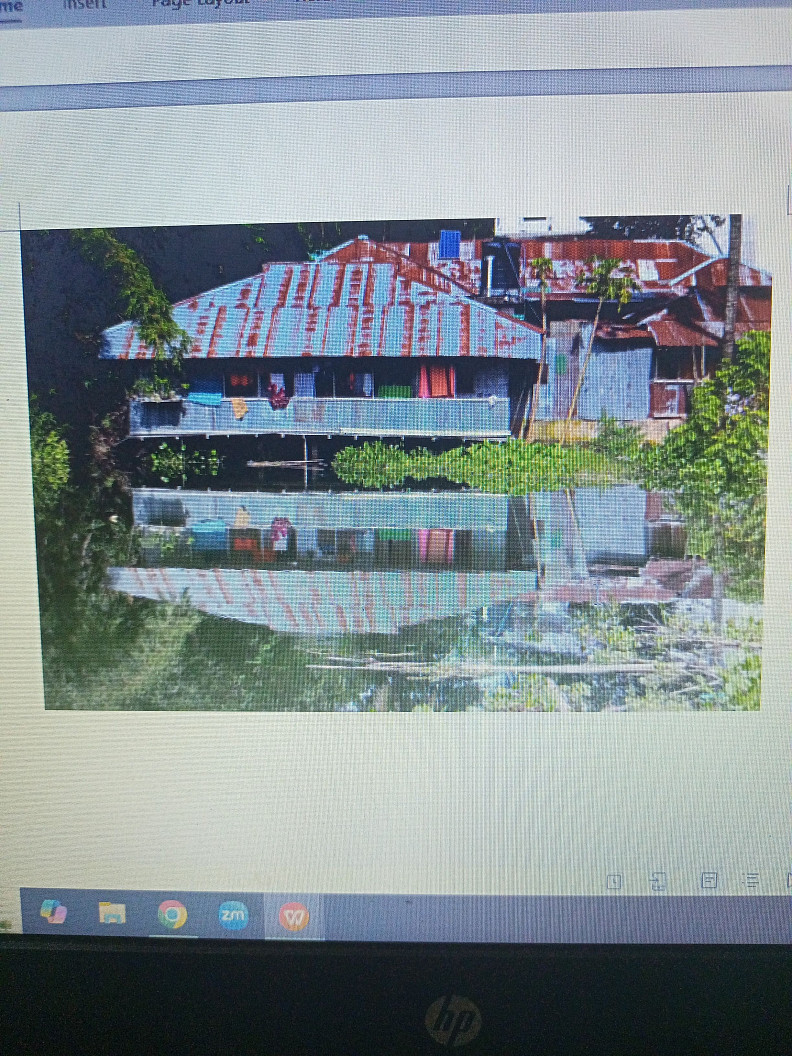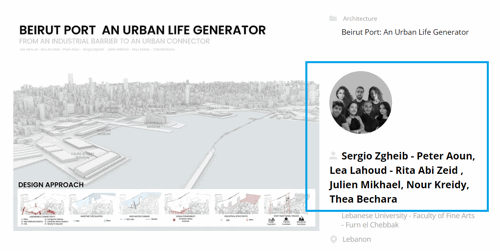Returning the slum environment into natural life in terms of protecting the slum people with more quality of living.

Project idea
The idea of this project is a landscape design in urban slum area of Bangladesh . The author used recycling slum house,Modroof's recycled roof panels, clay roofing tiles, seasonal plants, natural vegetation, water plants and purifying air plants the idea is taken from topographic maps lines on the basis of make a sustainable house to make the inhabitant of slum feels healthy and at ease used a revealing skylight to let the sun rays get into the slum house and add aesthetic vibe to the place. The place exterior and interior is inspired from slum development of Dhaka city , that I really choose, select and like.
The aim of the project was to re design a sustainable and healthy slum house , located in Dhaka city, combining residential, economical and ecological functions.The challenge was to convert the slum zone of post industrial site in to a green living, economic and eco friendly area respecting both traces of green heritage of the place and modern neighborhood sustainable development needs. In order to achieve these goals, the project uses the concept of landscape urbanism , a densely populated area that values connection between house of residents, the flow of urban fabric and the ecological development with modern sustainable development needs.
The master plan for the slum of Dhaka city of Bangladesh consisted of the incorporation of of two representative axes of the place. The first was called “Locus Axis” understanding this word in its broadest sense , as everything that does and belongs to a place ( from quantitative issues such as topography and economic development , to intangible issues such as emotions and perceptions of the slum people).
And the second refers to the community life that the town longs for, with the hope of generating spaces of belonging and that its inhabitants choose to live and work there, providing spaces for earning, coexistence, encounters and sustainability.
The main theme of the project was returning the slum environment into natural life in terms of protecting the slum people with more quality of living.
Project description
This project consists of slum area of Dhaka city of Bangladesh eco friendly house, home and road decoration , use of renewable energy gardening, harvesting and tree plantation etc.
Green area that was created will become the local center of gravity,improving the life of slum inhabitants, economical and ecological development , and attracting researcher to make their research in enclave of landscaping of urban slum of Bangladesh.
The house on the slum site is preserved and re design as a landscape urbanization. The urban slum house is developed around the industrial area, river bank which will become a connection knot between inhabitants of slum.
To build new house on the slum site with the variating height from 4 - 7 feet. The ground area has either natural vegetation or gardening. Make 50-70 new houses in the slum area. These houses are made of local materials like bamboo, clay and brick and make a pavement on each side. These house are designed simple , the gable roof , frame less window , looking windows were carefully designed because sun light easily enter and protect rain water. A roof top garden and tree plantation are designed on the front of the slum . Certain parts of the slum are altered in height and the roads are cut into the landscape to create a movable/ walk able pathway.Also there is a possibility for the inhabitants to seed plants on the border of the walkway.This opportunity could connect people of the slum with the nature.
To make sustainable houses in Bangladeshi slums, focus on affordability, resource efficiency, and community involvement, using local materials like bamboo and brick,clay, incorporating rainwater harvesting, and promoting green spaces and renewable energy.
Technical information
The construction of the slum house is basically made out of concrete and the hard shape is mostly metal and tin to add flow less look to the slum.The houses of slum are made from wood, metal and plaster.Electricity facilities, water supply must install in the house of slum .
As a conclusion, it is worth highlighting the design guidelines that were followed throughout this entire project: accessibility, connectivity, sustainability over time, flexibility of activities, and above all the others factors influence landscape design of the slum of Bangladesh .
The project aimed to be sustainable in all respects and to truly celebrate the natural environment and context of the slum site. Mainly focus on waste management, rain water harvesting, sanitation, renewable solar energy, bio gas plant roof top garden, vertical gardening, recycling etc. As being a tropical city the author calculate the use of renewable energy, roof top gardening and rain water harvesting are value around 180 crore BDT(approximately 217800 USD). The author make a proper ecological plan along with a natural harvesting that allocates in the master plan which produce seasonal vegetables and fruits for the city for the off seasons which is essential in hot season as fresh vegetables and fruit are not available at that time. The author also rebuilt the slum house by proper eco friendly materials like clay roofing tiles, bamboo, tin , Modroof's recycled roof panels etc which reduce the cost of housing in these slum area. .
The first and foremost goal was to set a sustainable solution by providing great quality and easy livelihood in a habitat like 18 lac people of Bangladesh.














